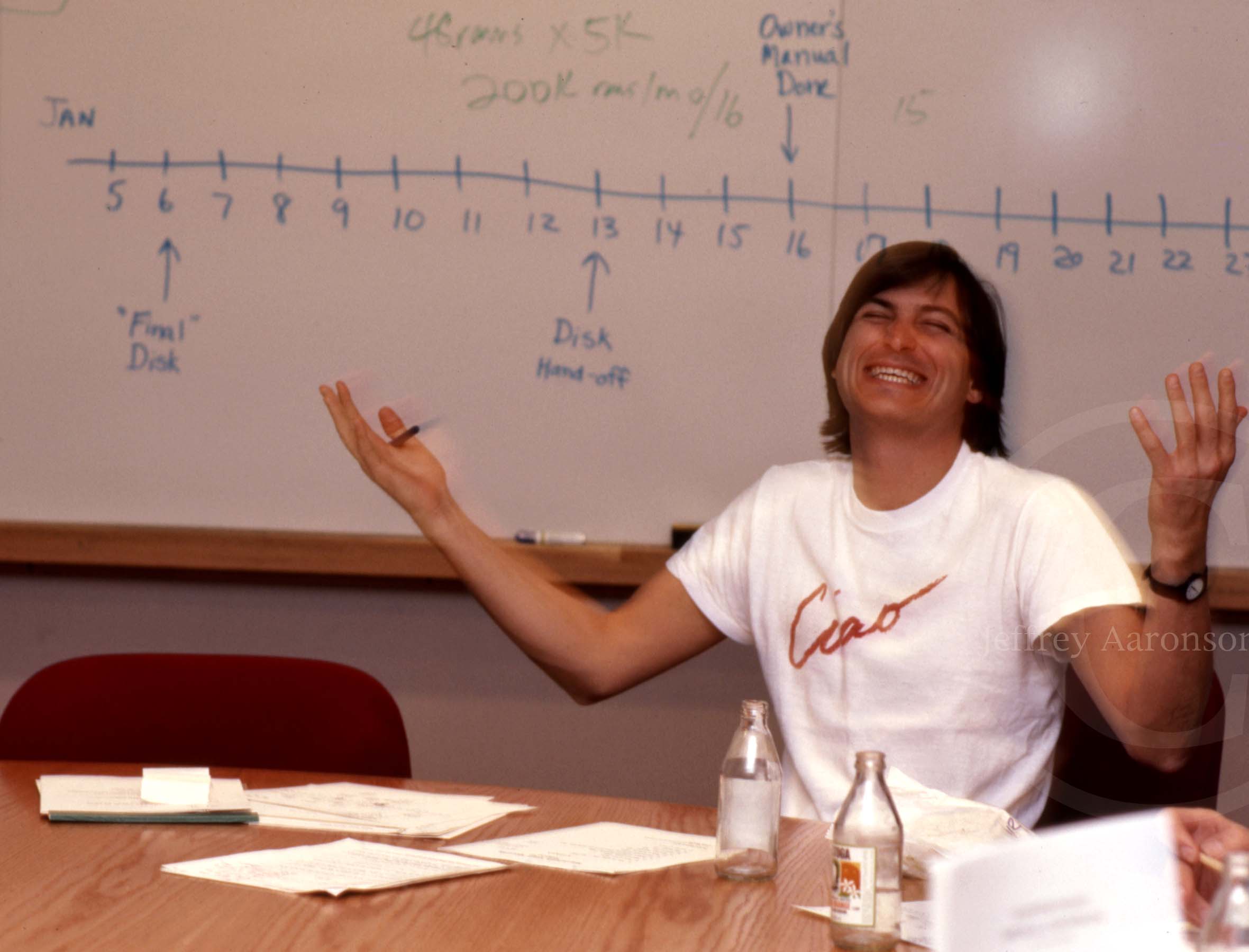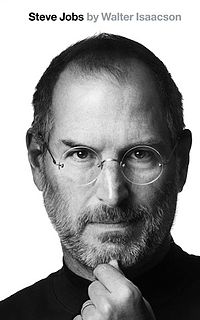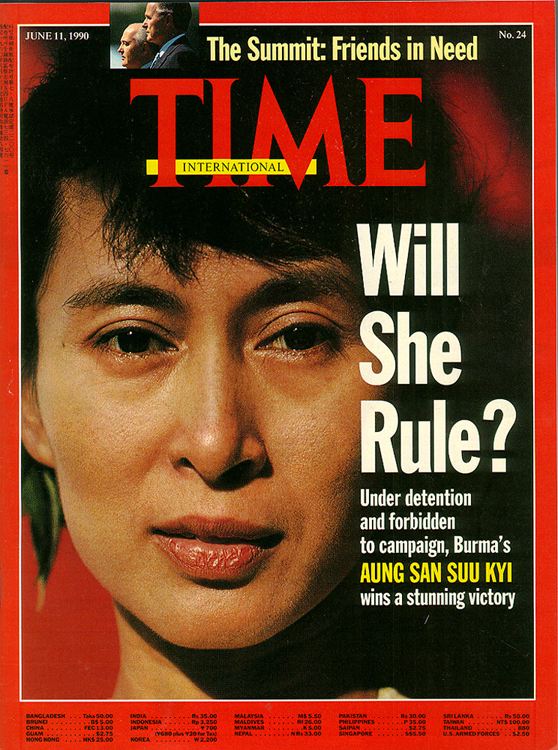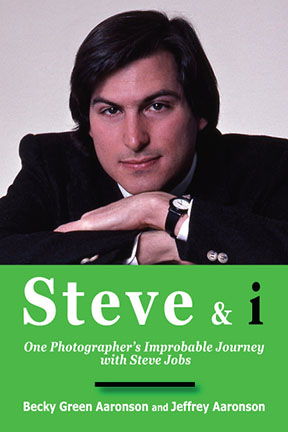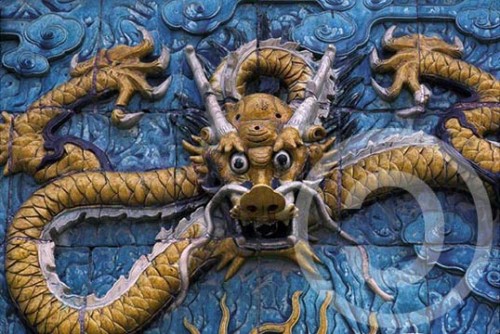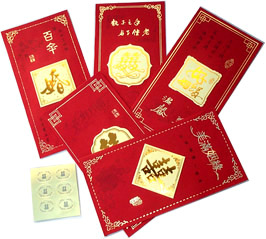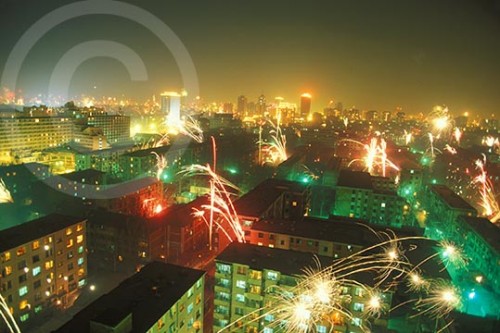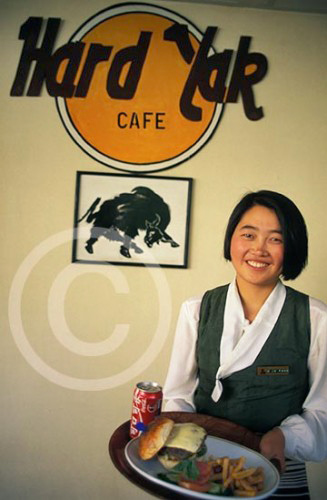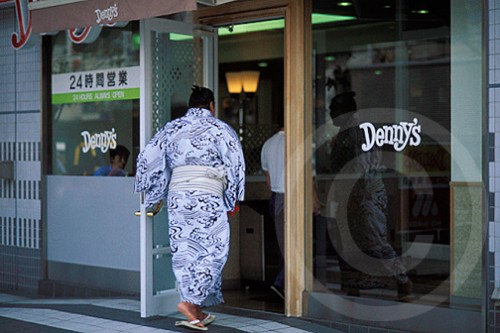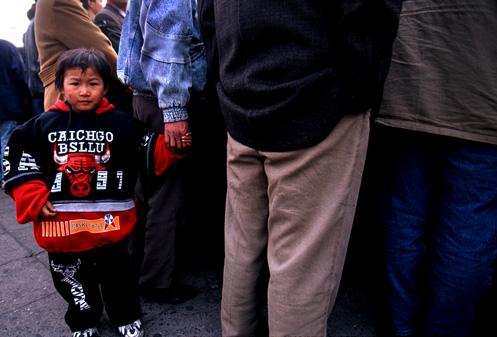
This Thursday’s Picture of the Week has little to do with exotic locations or unusual circumstances. Rather, it has everything to do with what it represents: belief.
Behind the Scenes: Aspen 1981—Snow is falling in fat, heavy flakes. Jeffrey knows it’s a perfect morning to create a photograph he’s been envisioning since he took a photo workshop from renowned photographer, Ernst Haas, several months earlier.
Haas is considered one of the most important figures in 20th century photography and is lauded as a leader in the art of color imagery.
Jeffrey has only owned a camera for a few years and is awash in enthusiasm for the art form, and the unlimited possibilities it offers.
 The workshop Haas leads at Anderson Ranch Arts Center focuses on motion, a technique he pioneered when he photographed bullfighting and the Indianapolis 500 in the 1950′s. Instead of shooting a fast shutter speed and freezing the subjects, as was typical of the time, he shot them with a slow shutter speed to capture the beauty of the motion.
The workshop Haas leads at Anderson Ranch Arts Center focuses on motion, a technique he pioneered when he photographed bullfighting and the Indianapolis 500 in the 1950′s. Instead of shooting a fast shutter speed and freezing the subjects, as was typical of the time, he shot them with a slow shutter speed to capture the beauty of the motion.
• • •


“To express dynamic motion through a static moment became for me limited and unsatisfactory. The basic idea was to liberate myself from this old concept and arrive at an image in which the spectator could feel the beauty of a fourth dimension, which lies much more between moments than within a moment. In music one remembers never one tone, but a melody, a theme, a movement. In dance, never a moment, but again the beauty of a movement in time and space.”
–Ernst Haas
The approach Haas teaches at his workshop resonates with Jeffrey, and he knows he wants to capture the beauty and fluidity of horses running in the snow.
• • •
On the morning of the snowstorm, while most people are loading up their skis or hunkering down with a hot cup of coffee and a good book in front of the fireplace, Jeffrey puts on his heavy Sorrel boots, gets in his car and drives up Red Mountain.
After navigating the steep, windy road overlooking town, he parks his car next to a small meadow where horses are being boarded for the winter. The wind is blowing, flakes are sailing, and the horses begin running as soon as Jeffrey gets out of his car.
Jeffrey raises his camera and captures poetry in motion.
• • •
What happens next is where belief comes into play…
A few years later, Jeffrey is asked to be a part of a group exhibition at Unicorn Gallery, an Aspen gallery owned by entrepreneur Randy Woods. Jeffrey is humbled to be in the company of abstract painter, Richard Carter (former assistant to renowned artist Herbert Bayer of the Bauhaus School), and print maker, Tom Benton, creator of the famous Hunter Thompson campaign posters of the 70s.
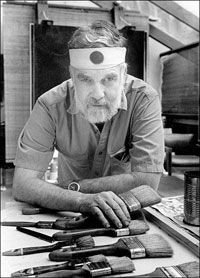
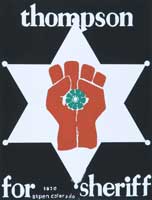
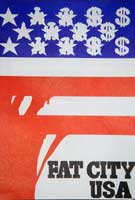

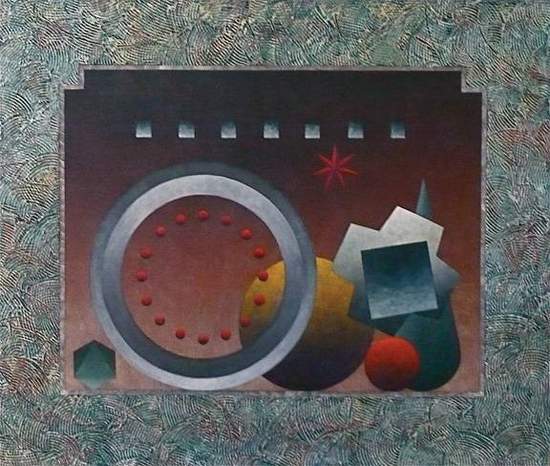
On the night of the opening, the gallery is abuzz with art enthusiasts, including internationally reputed photographer Ferenc (Franz) Berko.
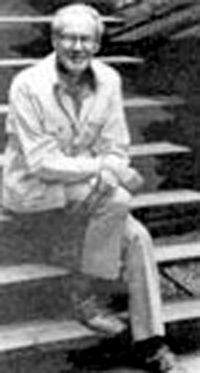 Berko, a tall, slender, ascot-wearing European transplant, greets Jeffrey with a gentle smile and quiet hello.
Berko, a tall, slender, ascot-wearing European transplant, greets Jeffrey with a gentle smile and quiet hello.
Franz and his wife, Mirte, had come to Aspen in 1949 at the invitation of Walter Paepcke to photograph the Goethe Bicentennial. It was during the age of Aspen’s transformation from purely a silver mining town to a world-class ski resort and artist colony.
The Berkos were enamored with the mountains and town and ended up staying permanently. Below are a few images Franz shot over the years, when he not only turned his camera on the Goethe Bicentennial, but the Aspen Institute, the Aspen Music Festival and numerous other subjects.

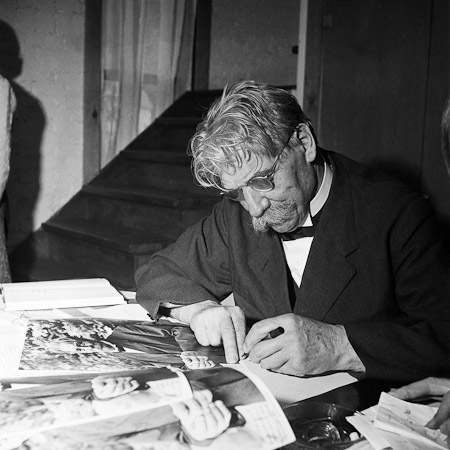




©Berko Photos: Top (L) Arthur Rubinstein, (R) Albert Schweitzer, Middle (L) Work on the Herbert Bayer wall, (R) Ski touring up Pearl Pass. Bottom (L) Children, (R) Overview of ballerina
• • •
Later during the opening Berko approaches Jeffrey once again. This time he simply says, “I would like to buy a print of your horses running for my daughter.”
Jeffrey is stunned.
He smiles and stammers for a minute, then replies, “Franz, I would like to give you a print.”
Franz will have nothing to do with it.
“No, I insist I pay you for it. Your art is worth much more than you are asking. Please make me a print and bring it to Mirte’s toy store next week.”
“There’s only one thing,” he continues, “you must sign it.”
At that moment, Jeffrey knows for certain he is headed in the right direction following his passion for photography.
• • •
Franz and Jeffrey soon become dear friends, and Franz stays deeply interested in Jeffrey’s career, often giving him quiet advice throughout the years, until his death in 2000.
This photograph of the horses running will always remain a special image to Jeffrey because it represents so many things to him: his love of photography, his inner drive and enthusiasm when he was just beginning his career, and most of all, somebody’s belief in him and his ability to see.
“When you’re just starting out and one of the most respected photographers in the art world appreciates your work enough to buy a print, there’s no greater approval,” Jeffrey says.
• • •
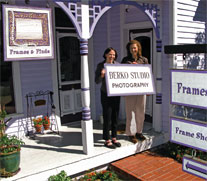 In a “small world” twist, the Berko Gallery, which is run by Franz’s granddaughter, Mirte Mallory, is now housed in a charming purple Victorian on Aspen’s Main Street—a home that Jeffrey and I owned and lived in for many years in the mid-1990’s.Yep, see that brick walkway? Jeffrey and I laid it with our own hands. “Our” purple Victorian will always hold sweet memories for us, and now it’s even more special because it holds the photographs of somebody who not only made a powerful impact on Jeffrey’s career, but also his life.
In a “small world” twist, the Berko Gallery, which is run by Franz’s granddaughter, Mirte Mallory, is now housed in a charming purple Victorian on Aspen’s Main Street—a home that Jeffrey and I owned and lived in for many years in the mid-1990’s.Yep, see that brick walkway? Jeffrey and I laid it with our own hands. “Our” purple Victorian will always hold sweet memories for us, and now it’s even more special because it holds the photographs of somebody who not only made a powerful impact on Jeffrey’s career, but also his life.
Now it’s your turn. Who has been the “Franz” of your life? Who has believed in you and given you the confidence to reach your potential? I’d love to hear all about this wonderful person!
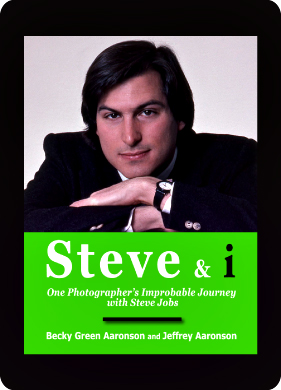 After sixty-five days in Apple’s “review process,” our ibook, Steve & i is finally available for purchase in the iTunes store.
After sixty-five days in Apple’s “review process,” our ibook, Steve & i is finally available for purchase in the iTunes store.